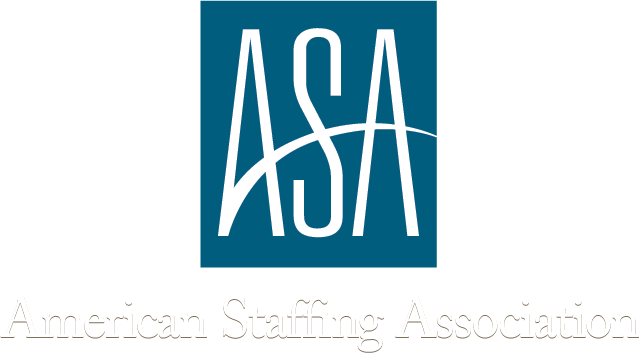When a coworker leaves their position, the tasks they handle typically get reassigned to a colleague. Often, that means a heavier workload for the team members that remain. In some cases, the increase is short-term, staying in place for just a few weeks or months until a new employee is hired. In others, the heavier workload lingers, potentially indefinitely, if refilling the position is difficult, impractical, or deemed unnecessary.
Regardless of the duration, knowing how to manage a heavier workload when a coworker leaves is essential. If you aren’t sure where to begin, here are some tips.
Speak with Your Manager
Before you do anything else, have a conversation with your manager about the change in your workload. When you’re given extra tasks, priorities and expectations may shift. Since that’s the case, it’s best to have a formal discussion about the situation, ensuring you know where to concentrate your energies.
To prepare for the meeting, create a quick list of your existing responsibilities and write down the frequency at which you need to handle it and the amount of time it typically tasks to complete. If you’ve already been told what you’ll be taking on due to the exit of your coworker, have those tasks on a second list. Then, bring a notepad to the meeting, allowing you to create a new list that’s reflective of your manager’s priorities.
Treat the conversation as a collaboration. The goal is to come up with an ordered list of responsibilities, ensuring you know which activities need to take precedence. It’s also a chance to air any concerns about the workload increase, creating opportunities for everyone to get on the same page while ensuring you’re not overwhelmed.
Take Advantage of Your Calendar
Once you know which responsibilities are priorities, open up a calendar app and start blocking out time for the various tasks. Color code your responsibilities for easier tracking, ensuring high-priority work is denoted with an attention-grabbing shade.
As you block out time for your top-priority activities, make sure you have your lunch and breaks on your schedule, too. That prevents you from scheduling critical time away from your workstation. Once that’s done, work in the lower priority tasks.
Ideally, everything will end up with an official place on your schedule. However, if you can’t find room for some tasks, that could signal that you’ll need to schedule a follow-up meeting with your manager.
Decide What Comes Next
After you’ve completed the steps above – and potentially had a second meeting with your manager – you’ll need to decide what comes next. If the increased workload is short-term and the responsibilities generally fit into your schedule, you may feel fine about handling the activities until a new hire is in place.
However, if you’ll be doing the extra work long-term and you’ll have to sacrifice work-life balance to handle the responsibilities, the job could now be a poor fit. If so, exploring new opportunities may be wise.
Find a New Job with Our Recruiters
If you’d like to learn more or are interested in finding a job with a reasonable workload, the team at Selectek wants to hear from you. Contact us today.


